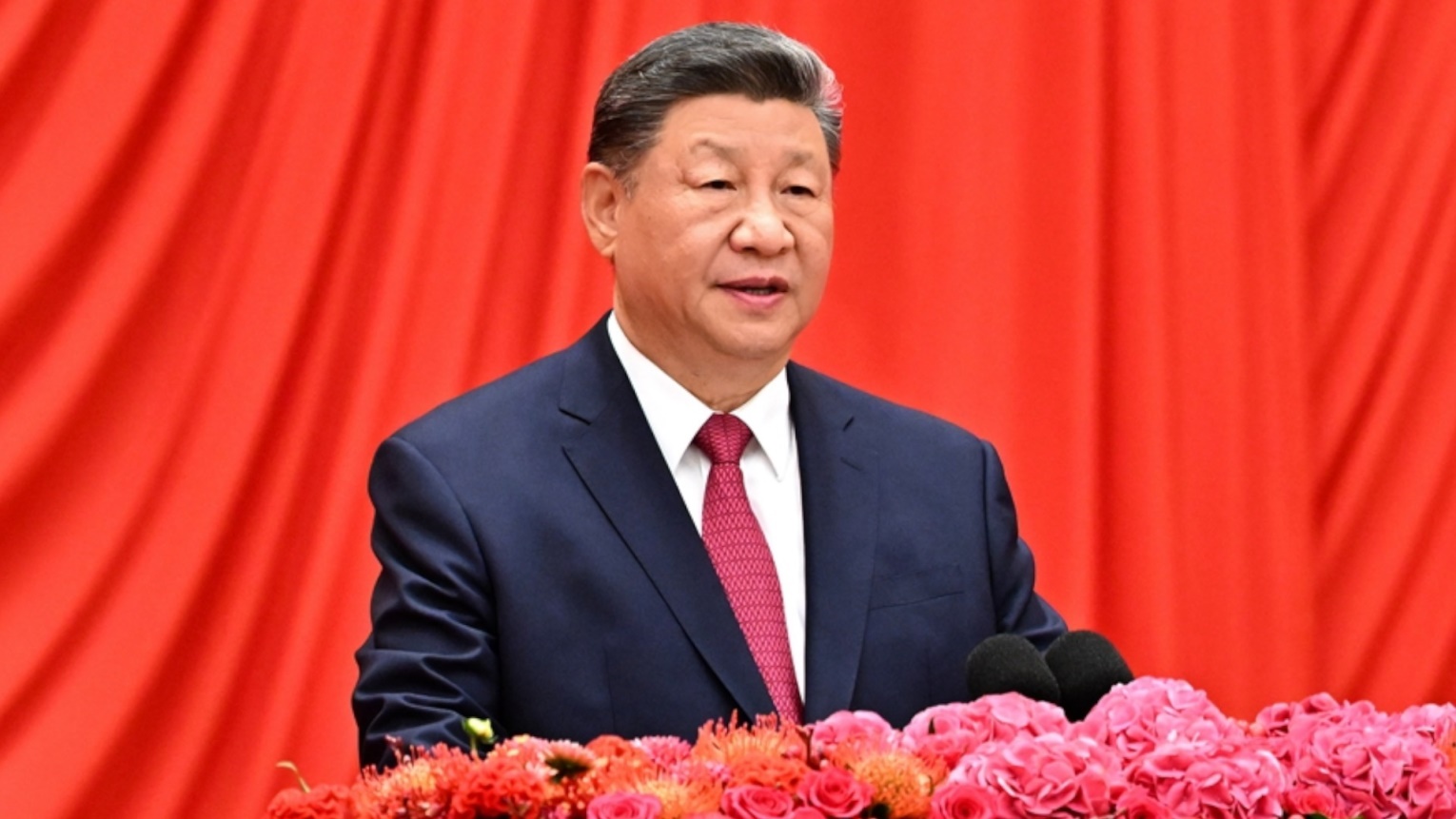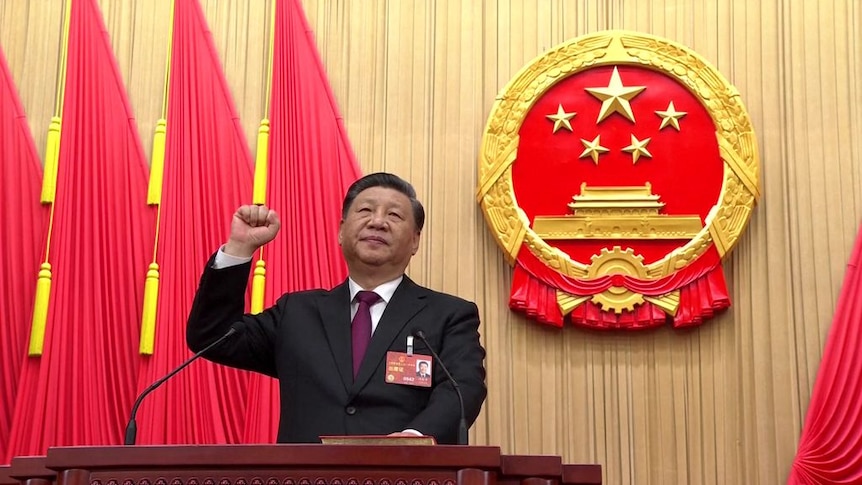By Gerald Mbanda
As China marks the 76th anniversary of the founding of the People’s Republic, President Xi Jinping’sNational Day message has called on the Chinese people to continue advancing the country’s modernization. The appeal resonates deeply at a time when China stands at a critical juncture—reflecting on its remarkable achievements while navigating the complexities of the global landscape and domestic reform. The anniversary offers a moment not only of celebration but of introspection, national unity, and renewed commitment to China’s long-term goals.
Since its founding on October 1, 1949, the People’s Republic of China has undergone an extraordinary transformation. From a largely agrarian and impoverished society, China has risen to become the world’s second-largest economy and a major force in global affairs. This journey—marked by reform, resilience, and innovation—highlights the country’s capacity to adapt, evolve, and lead in the modern era.
One of China’s most notable achievements is its success in lifting hundreds of millions of people out of poverty. In 2021, the Chinese government declared it had eliminated extreme poverty nationwide—a milestone that underscores the effectiveness of targeted development policies and rural revitalization programs. The campaign, supported by massive infrastructure projects, education initiatives, and social welfare systems, stands as one of the largest poverty reduction efforts in human history.
Economic modernization has been equally transformative. Over the past four decades, market reforms initiated in the late 1970s spurred rapid industrialization, urbanization, and technological advancement. Today, China leads globally in sectors such as e-commerce, green energy, high-speed rail, and artificial intelligence. The Belt and Road Initiative, launched in 2013, has further extended China’s economic reach, creating infrastructure networks and investment opportunities across Asia, Africa, and Europe.
President Xi’s call to “advance Chinese modernization” aligns with the broader vision of building a “modern socialist country” by mid-century. This model of modernization, as articulated by Xi, is distinct from Western paradigms. It emphasizes collective prosperity, political stability, cultural heritage, and ecological sustainability—elements viewed as essential to China’s long-term security and social harmony.
Yet the road to modernization is not without its challenges. The country faces a slowing economy, demographic shifts due to an aging population, and mounting environmental pressures. Geopolitical tensions and the restructuring of global supply chains have also tested China’s resilience. In response, the government has doubled down on innovation-driven development, focusing on strengthening self-reliance in science and technology, reducing reliance on foreign markets, and boosting domestic consumption.
Another area of significant progress is China’s investment in education, healthcare, and scientific research. The country now boasts world-class universities, a burgeoning middle class, and major advancements in space exploration and biotechnology. These achievements reflect a broader societal shift toward quality of life, intellectual capital, and sustainable development.
Culturally, China continues to assert its identity on the global stage. The promotion of traditional values alongside modernization efforts reflects an attempt to preserve a sense of national unity amid rapid change. Initiatives such as the “Chinese Dream” campaign and patriotic education aim to foster a shared national vision and pride in China’s historical achievements.
As China celebrates 76 years of statehood, the spirit of progress remains strong. President Xi’s message reinforces the central role of the Chinese people in driving the nation forward. The emphasis on unity, hard work, and innovation serves as both a tribute to past accomplishments and a call to action for the future.
In a rapidly changing world, China’s journey continues to captivate global attention. Its path to modernization—shaped by unique historical, cultural, and political factors—offers valuable insights into alternative development models. As the nation looks ahead to its centenary in 2049, the aspirations voiced in this year’s National Day message remind the world that China’s story is still being written—by the hands of its people, for the generations to come.
The author is a researcher and publisher on China and Africa development and Cooperation.




The limit on game time is the limit {on how long {you can|you can} {play|play} at bitstarz slots in one session.